Using Oil Paints Responsibly: Tips, ideas, and how to filter paint thinner so you can use it again.
We are detouring to the other side of my studio this week. Today, I’m going to take a look at how my craft leftovers sensibility applies to the artwork for my upcoming show. Next post, I’ll show you how I mat my prints and how you can to. It does wonders for everything from embroidery to prints of paintings.
Quick details for those of you in Central Iowa:
Works New and Old by Kristin Roach
@ The Space for Ames
117 Hayward, Suite #3
Ames, IA
Opening Friday, July 8th @ 6pm
I’ve been debating with myself for awhile about how to balance my love of painting with oils with my desire to be environmentally and health conscious. I feel like I’ve come up with a solution so I am comfortable continuing to incorporate them into my studio practice.
Protecting my Health
I’ve decided to restrict myself to painting with oils only in the summer and only outside. No, opening a window is not good enough, especially in your living space. I’ve set up a space in the garage with a window fan blowing right into the path of the easel and then towards the garage door. Not only am I evacuating the fumes, but I’m also getting loads of fresh air. Just make sure the fan is blowing on you and then the easel and not the other way around, otherwise you will just be blowing fumes directly onto you.
I wash my hands diligently and try my best to keep paint off my fingers. And as annoying as I find it, I’m painting with neoprene gloves on. When oil paints, especially those like flake white (lead), cadium red (umm, cadium, they don’t just call it that for kicks), and cobalt blue (cobalt), get on your skin, the heavy metal pigments they are made of absorb right into it. The oil paints don’t fade off your skin, they fade into your skin. Not good. So keeping my skin safe is a priority.
Protecting the Environment
I’m using what I have and then plan on only using it minimally. Like I said, I was gifted a huge supply of oil paints. I’m thinking that once those are gone, I may or may not continue to oil paint. But that won’t be for some time now, so I’ll figure that out when I get there. Right now, the majority of what I have is leftover from my uncle and from getting my bfa. It actually makes for some inventive use of color.
I don’t just toss things in the trash. First, I have several pallets so when I’m done with one painting, I can let it dry. Then, in a more stable form, I’ll scrape it off with a pallet scraper into an old paint can. Then I seal it up. I keep filling it until the paint can is full.
I don’t throw solvents and mediums down the drain. Instead, I filter all my paint thinner and use all the medium until it’s gone or there is so little left that it dries. Then I put it in the bucket. Any sludge from filtering also gets put into the bucket.
How to filter paint thinner
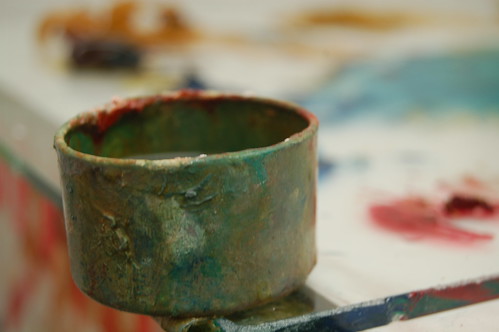
1. Fill a recycled glass jar (I really love jalopeno jars – just make sure it has a lid) half way with paint thinner to use as a medium and to keep your brushes clean. Keep sealed when not using so it doesn’t evaporate off.
2. Use your paint thinner until you can’t use it any more (really dirty, cloudy, filled with pigment and paint sediment).
3. Seal tightly with the lid and set on an out of the way shelf. Wait a month.
4. Pour off the now clean paint thinner into a new jar, dump the sludge at the bottom into the paint can.
What happens to this paint can full of toxic solventy junk? When it’s full, I take it to the Ames Resource Management plant and they properly dispose of it. It takes me a year or so to fill it up, so it’s an annual expense to get it taken care of. Some times, I think once in the spring and once in the fall, they have a free day when you can bring down all your old cleaners and paints and things.
One more way I green up the painting process
I love painting on panels just as much as canvas, so whenever I can, I use found boards to paint on. The only thing you need to do before you can use them, is seal them with gesso or some other acrylic based paint (house paint works for instance). This protects the wood from the solvents. Then it’s time to paint away.
Because I know that really, the best thing for me to do would be to give up oil paints, I make this understanding with myself and keep all these things in mind and am diligent about my painting practices.
Until Next Time!
Kristin Roach
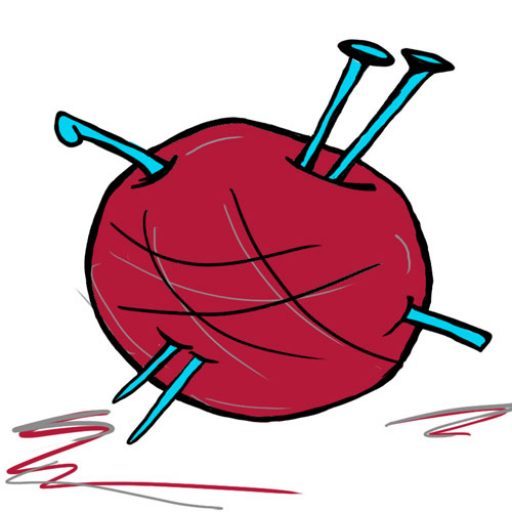
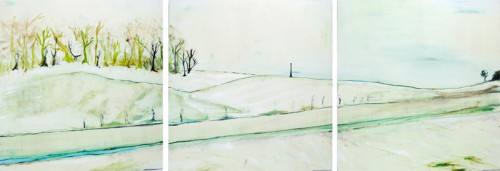
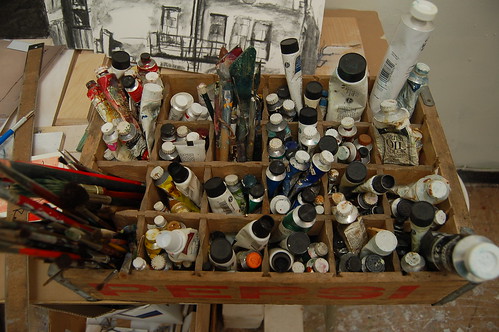
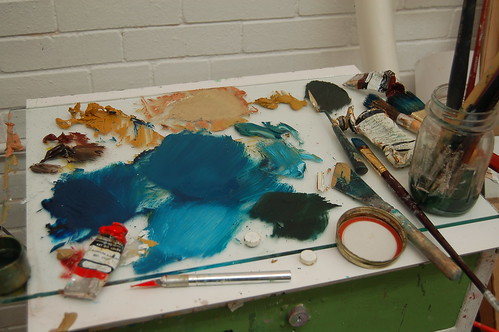
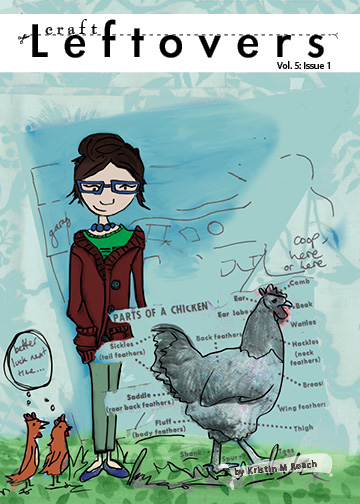
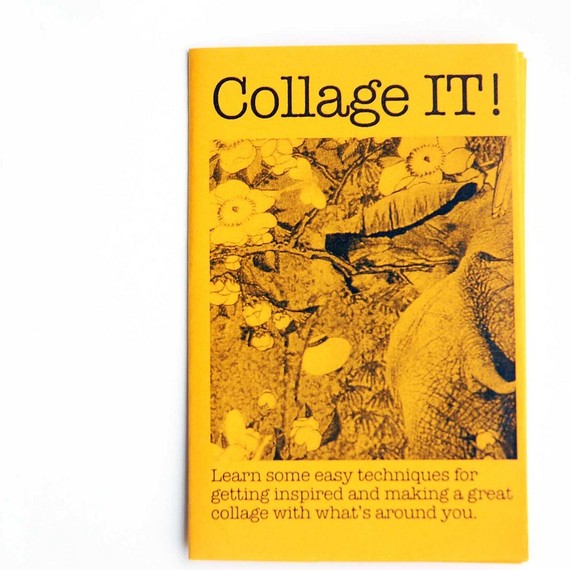
I’ve been painting in oil since I was 10, learned mostly through a family friend about the technique. I’ve always used linseed oil to thin my paint and extend it’s use, and I cleaned my brushes in a rag. I’ve never used paint thinner for and now wondering if I should be using it – what do you use paint thinner for?
Oh yeah its the best. My fav painting medium is equal parts of terpanoid, cold pressed kindred oil, and stand oil. They all lend their properties to the paint: thinning, flexibility, and shine. It’s fun to play with different combos. Try them all on their own, then try them together.